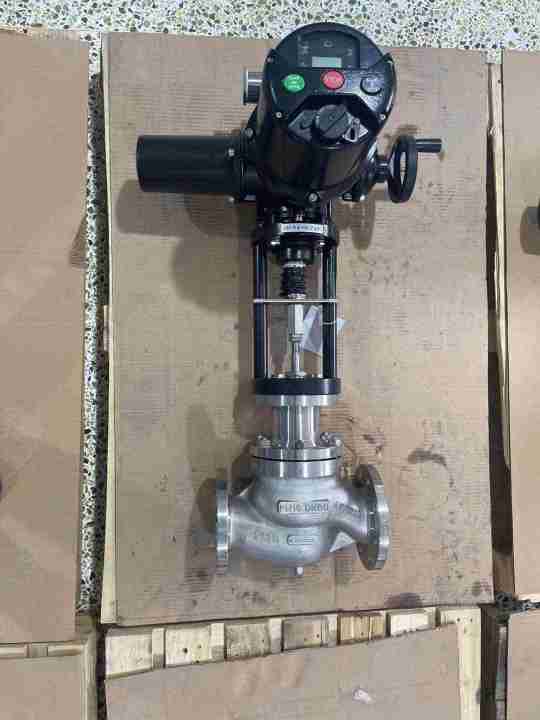The electric two-seat regulating valve is an essential device in various industrial sectors, playing a critical role in controlling the flow of fluids, gases, and other media in pipelines. These valves are designed to offer precise and reliable regulation of flow rates, pressure, temperature, and other process parameters, making them indispensable in numerous applications such as chemical processing, water treatment, HVAC systems, and power generation.

Introduction to Electric Two-Seat Regulating Valves At its core, an electric two-seat regulating valve combines the functions of a two-seat valve body and an electric actuator, forming an integrated system capable of precise and efficient fluid control. The term “two-seat” refers to the valve’s design, which incorporates two seating surfaces, providing superior sealing and stability. This makes the electric two-seat regulating valve particularly suited for high-pressure, high-flow applications where reliable performance is crucial. The electric actuator is the driving force behind the valve’s operation, allowing for remote and automated control. It receives electrical signals—usually in the form of a 4-20mA control signal from a process control system—and adjusts the valve’s opening to regulate the flow of fluid accordingly. This level of control is crucial for industries that rely on continuous process management and need to adjust flow parameters quickly and accurately.